Landscape transformations in the context of soil development, land use, and climate
5
%
1213 Kč 1 282 Kč
Sleva až 70% u třetiny knih
The author compares soil development and sediments (soilscapes) in marginally productive areas of Jordan, Syria, Mexico, and Germany with the aim to conduct systematic comparisons of patterns at different scales. The idea of comparing research areas on three continents partly followed earlier investigations considering long-range teleconnections of past environmental changes in Jordan and Mexico. Soils in these countries were often considered degraded, but land use histories in the Americas differ significantly from the Fertile Crescent. In this context, climate variations can have identical detrimental impacts as intense land use. Volcanic eruptions, earthquakes, or cosmic impacts could play a role in climatic extremes and thus the deposition or erosion of sediments, and might represent a link of environmental changes on a global scale. The systematic comparison of soil development and sediments suggests that the negative impact of historic land use on soils has been overestimated. In Jordan, soil development seems to be governed by climate and parent material, and largely to represent a steady-state equilibrium with current climatic conditions. Not the soils of Jordan, but the shallow limestone soils of Mexico seem to match proposals of man-made historic land degradation, although the periods and techniques of land use were shorter and less intense than in the 'Old World'. The shallow soil covers on limestones in Mexico contrast with the model of more intense weathering and deeper soil formation in the humid tropics, and add support to indications that aeolian sediments represent the main parent material of soils in Jordan. Alternating severe droughts and heavy rainfall events were the most important drivers of landscape changes, and probably triggered by volcanic eruptions or cosmic impacts. Although intense agriculture could have been exacerbated their negative impacts, land use alone would not have caused major erosion-deposition processes. In this context, the concept that nature can be controlled by technology - as the newly proposed Anthropocene implies - appears to be more hubris than backed by solid evidence. The belief that nature can be controlled and mastered by man and technology is to be substantiated on a major catastrophe, for example widespread volcanism or a sizeable cosmic impact. The publication addresses researchers in geoarchaeology, soil science, soil geography, geomorphology, and environmental history. As it discusses the potential impact of climate change, it is also relevant to geologists, farmers and their research institutes, students and scholarly libraries.
| Autor: | Lucke, Bernhard |
| Nakladatel: | Borntraeger |
| Rok vydání: | 2017 |
| Jazyk : | Angličtina |
| Vazba: | Paperback / softback |
| Počet stran: | 199 |
Mohlo by se vám také líbit..
-

Physische Geographie der Meere und Kü...
Kelletat, Dieter
-

Der Taunus
Stahr, Alexander
-
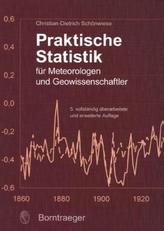
Praktische Statistik für Meteorologen...
Schönwiese, Christian-Dietrich
-
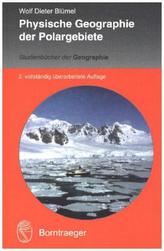
Physische Geographie der Polargebiete
Blümel, Wolf D.
-
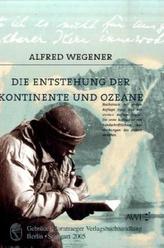
Die Entstehung der Kontinente und Ozeane
Wegener, Alfred L.
-
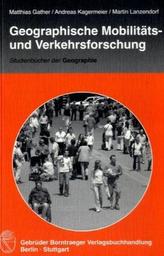
Geographische Mobilitäts- und Verkehr...
Gather, Matthias
-
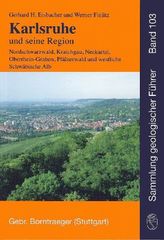
Karlsruhe und Umgebung
Eisbacher, Gerhard H.
-
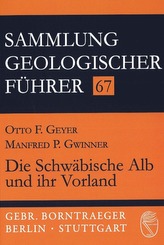
Die Schwäbische Alb und ihr Vorland
Geyer, Otto Fr.
-

Kreta
Kull, Ulrich
-
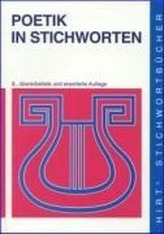
Poetik in Stichworten
Neubauer, Martin
-
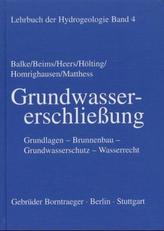
Grundwassererschließung
Balke, Klaus-Dieter
-
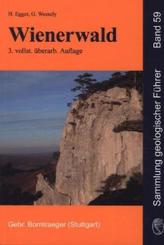
Wienerwald
Egger, Hans
-

Wörterbuch Linguistische Grundbegriffe
Ulrich, Winfried
-
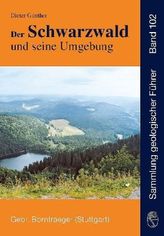
Der Schwarzwald und seine Umgebung
Günther, Dieter
-
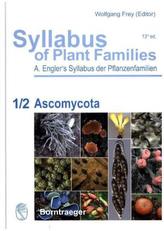
Ascomycota
Jaklitsch, Walter
-
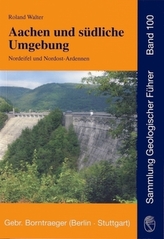
Aachen und südliche Umgebung
Walter, Roland





